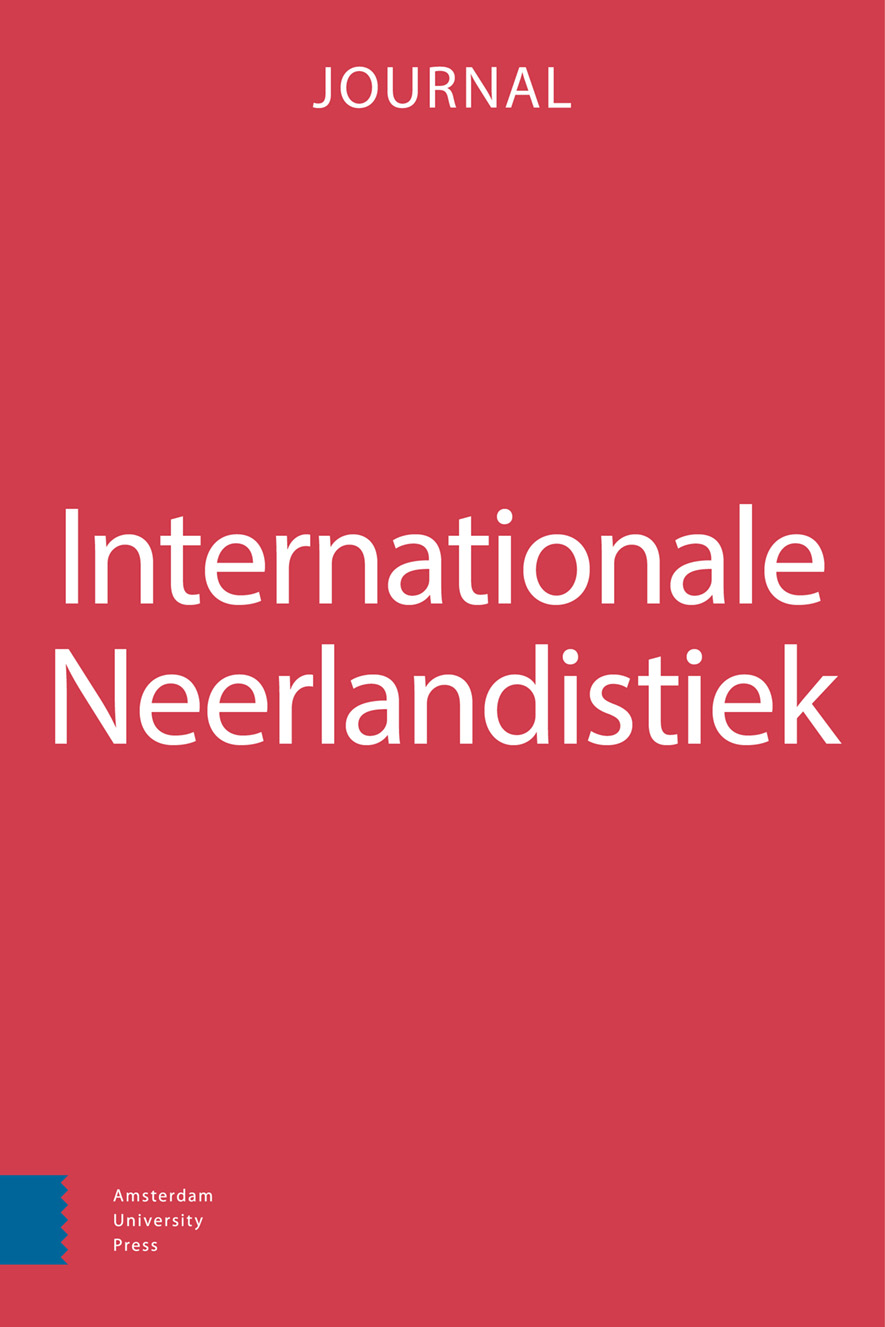-
oa Over de tweestrijd tussen taalnorm en taalrealiteit
Hoe NT2-leerkrachten uit een Gentse school worstelen met niet-standaardtalige variatie in het NT2-onderwijs
- Amsterdam University Press
- Source: Internationale Neerlandistiek, Volume 57, Issue 3, Nov 2019, p. 205 - 224
-
- 01 Nov 2019
- Previous Article
- Table of Contents
- Next Article
Abstract
Flanders, the Dutch-speaking part of Belgium, shows a strong presence of non-standard language varieties, such as tussentaal (lit. ‘in-between language’) or regional dialects. However, Dutch as a second language (L2) education in Flanders mainly focuses on (Belgian) Standard Dutch, the official language variety in Flanders. Newcomers settling in Flanders seem to experience a large gap between the standard language advocated in policy and education and the multitude of non-standard language varieties they encounter in daily interactions. L2 teachers in Flanders are thus dealing with students who often struggle to communicate with L1 speakers of Dutch. In this empirical study, we address this issue by probing the opinions of L2 teachers: do they believe tussentaal and dialects form a communication threshold for their students? To what extent do they focus on non-standard language during their lessons, and what reservations or doubts do they possibly have about teaching non-standard language in the classroom? To answer these questions, we draw on fieldwork conducted in the East Flemish city of Ghent.


